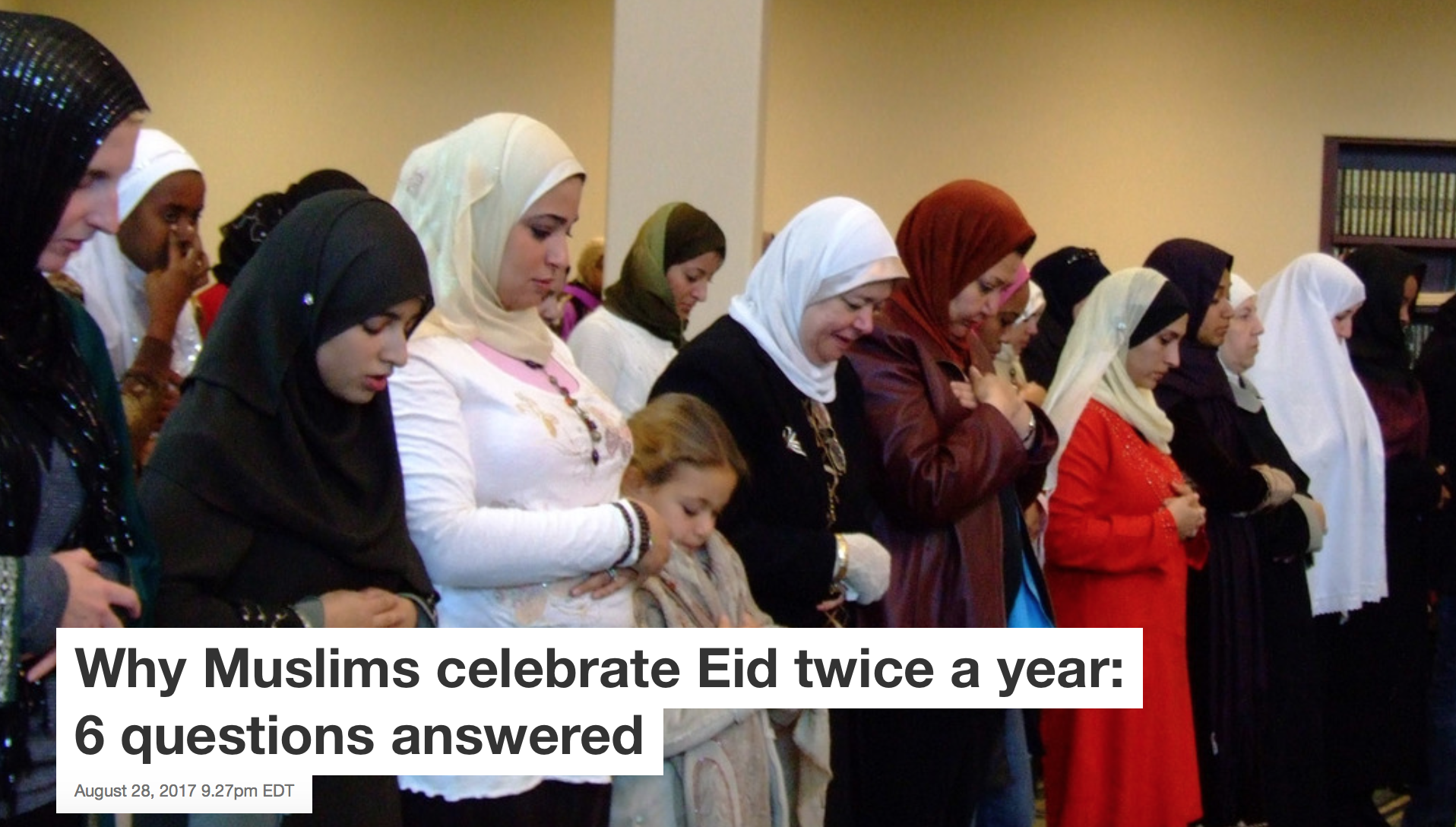2018 marked a sweeping year of change and awareness for women across the spectrum, including Muslim women.
Building on the momentum established by the #MeToo movement, the founder of the #MosqueMeToo movement, Mona Eltahawy, has sought to bring similar societal awareness to Muslim women within the Muslim community and empower Muslim women to have a more proactive role in their communities. Despite difficulties, the importance of such a cause is undeniable.
What #MosqueMeToo Is All About
Women have often remained voiceless on issues regarding sexual harassment and assault. According to a World Health Organization (WHO) survey conducted in 2015, 75% of the world’s roughly two billion women 18 years or older have experienced sexual harassment. Furthermore, analysis of the data concludes over 80% of the adult female population in Muslim-majority countries, such as Afghanistan and Saudi Arabia, have been negatively impacted. Granted, these statistics can vary depending on one’s definition as to what constitutes sexual harassment, but these facts still paint a daunting picture of a serious problem in society regarding the basic human right to feel safe.
However, hash-tag movements and the social synergy that is created by them can strengthen voices so that they are heard. A revolutionary movement, called #MeToo, started in 2007 and was revived in October 2017 on social media outlets, such as Twitter and Facebook, to expose sexual assault incidents and provide a sense of unity for survivors. Inspired by the momentum created by #MeToo on social media, Egyptian-American writer, activist and journalist, Mona Eltahawy, began the #MosqueMeToo movement to give an active voice to women who experienced sexual violence in the Muslim community and have long been silenced in male-dominated cultures.
A focus of the movement is exposing sexual violence at sacred places, such as during the Hajj. Although Saudi Arabia’s Council recently passed an anti-harassment law that punishes offenders and protects victims’ dignity as insured by Islamic law abuse continues to occur in the Gulf country because of underlying gender inequalities says Eltahawy. Consequently, giving Muslim women a greater voice in their community will allow them as caretakers of children, to empower their daughters and instill parity of women in their sons, to incrementally move the needle with each generation, so that men no longer see women as inferior.
The Hajj is a particular place of tension for Muslim women who report instances of sexual abuse by men during the annual spiritual pilgrimage.
As discussed, sexual violence in the sacred places of the Muslim community, especially during the Hajj, is not an anomaly. The spark that ignited the #MosqueMeToo movement began in February 2018 by Eltahawy when she tweeted her experience during the Hajj after being inspired by a harrowing Facebook post by a Pakistani woman, Sabica Khan, who shared her own incident. Eltahawy wanted to distinguish the #MosqueMeToo movement from #MeToo to ensure it “breaks the race, class, gender and faith lines that make it so hard for marginalized people to be heard.”
With increased globalization, transportation technology, and the Internet, the world’s interconnectedness is unparalleled—social media platforms are giving women a voice that we may not have arguably heard before. Eltahawy noted that her Twitter thread was liked or retweeted “thousands of times” and shared in a variety of languages, such as Arabic, Spanish, and German. The synergy that has been created from the #MeToo and #ChurchToo (which exposes sexual abuse and harassment in Christian religious sites) movements are highlighting that the experiences felt by women in the Muslim community are not anomalous, but are shared across the religious and culture spectra.
Eltahawy has expressed numerous goals. Above all, she hopes for positive outcomes for the basic treatment of women. Her objectives include: men having conversations with each other and their families about sexualized violence, holy sites giving sermons and launching campaigns reminding Muslims that "Islam demands the respect of women,” insisting authorities and police need to be trained on how to discern and handle assaults, and calling for more female personnel at the holy sites. She fearlessly requested that the Grand Mosque Imam to address the safety of female Muslims during the Hajj. Inspiring her supporters to continue the movement, Eltahawy has exhorted them: “don’t let it die on social media unless it dies in the society.”
The significance of the #MosqueMeToo movement is multifaceted. Supporters seek to use the movement to empower those most vulnerable: Muslim women, who have been taken advantage of primarily by men and religious figures. By establishing a network seeking to challenge the societal norms Muslim women are joining the movement to challenge the accountability of the crimes because they refuse to simply be victimized, especially in sacred places.
The Quran and Other Concerns with #MosqueMeToo
However, the movement has faced its hurdles. Eltahawy’s insinuation that the Quran is irrelevant in addressing how women should pray is a highly inflammatory statement to many Muslims. There seems to be a division in the movement between the emphasis on a literal adherence to the Quran, versus a less rigid interpretational frame. Amina Wadud, an international Quranic scholar and mentor to Eltahawy, emphasizes the importance of reinterpreting the Quran so that the Muslim community can cultivate more liberating, inclusive, equitable laws.
There are also Muslims who feel that this movement will only amplify Islamophobia and substantiate their false arguments that portray Muslim men as evil. Some Muslim women fear that exposing the Muslim community’s “skeleton in the closet” will enable society to further blame Muslims (“#MosqueMeToo”). When women do speak up, both in society and on social media, they are told that they have an overactive imagination, it is their fault, they want to destroy Islam, they are too ugly to be assaulted, etcetera (“#MosqueMeToo”). However, due to the supporters’ determination to include men as a solution to the problem in the movement these inquiries may avoid that slippery slope. Activists are using the #MosqueMeToo movement to promote that sexualized violence is not just a “woman’s issue.” They are expressing this by advocating for candid discussion among men within the community to help break the connotation that it occurs without retribution.
Where to from here for #MosqueMeToo?
The #MosqueMeToo movement has enabled Muslim women to be heard regarding the sexualized violence that they have endured in both the religious and secular aspects of their lives. Significantly, the movement is endeavoring to end the gagging and shaming of Muslims within the community who have experienced this abuse by encouraging individuals to continue to share their stories, the religious leaders to denounce such acts, and highlight the importance of men taking greater responsibility on this issue.
For this aspirational movement to have a lasting impact on the Muslim community, it needs to leverage social media and broaden its message to a wider audience to public policy makers and the judicial system—lest the movement operate in a vacuum and run out of oxygen causing it to be short lived and ineffective.
*This is a guest post from MaryAnne O'Neill and was originally written as an essay in an "Introductoin to Islam" course at the University of Florida in Summer 2018.












